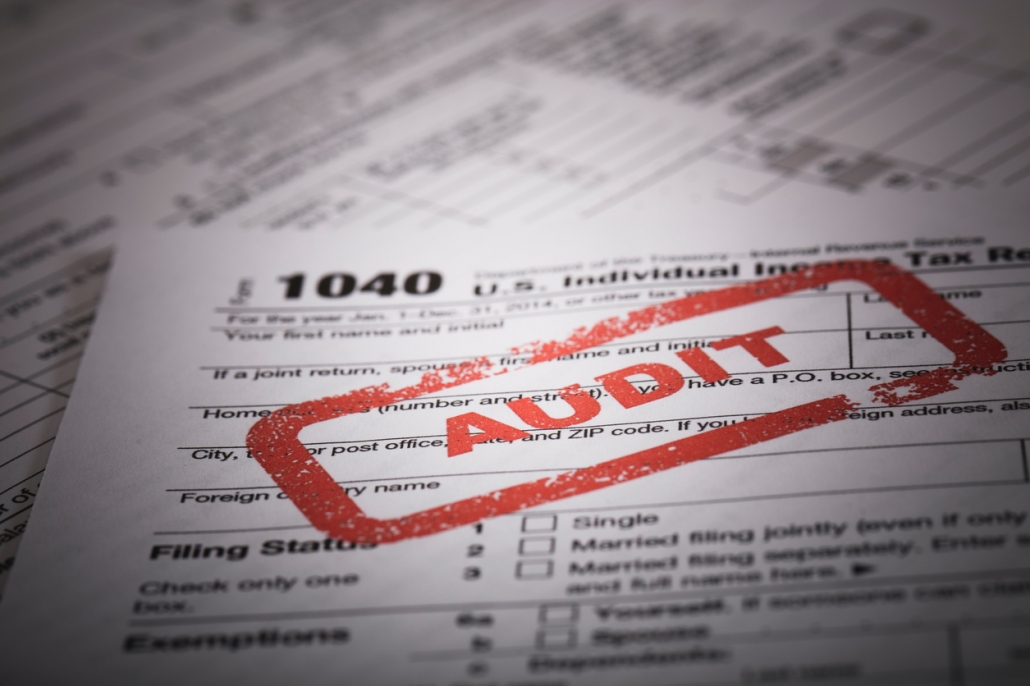Archive for July 2018
Travel, Meals, Wheels, and Entertainment: Your Guide to How and When to Take These Write-Offs
If you’re a business owner, it pays to stay current with the law From advertising and promotion to travel expenses, there are a host of things businesses can classify as deductibles on their income tax return. The accepted amounts of deductibles have remained stable for many years, but since the advent of the Tax Cuts…
Read MoreAvoid That Dreaded Letter from the IRS
6 ways to lower the chances of an audit of your business tax return Business owners dread getting an audit notice from the IRS. It causes immense stress that investigators will find something that results in you having to pay a penalty – or worse. However, are you aware of the things you can do…
Read MoreDefining Your Business’s Marketing Strategy
You know where you want to go – but what determines the steps to get there? The first two questions on the Vision Traction Organizer (VTO) are exercises that help you think of the future state of your organization. You define core values and look at the common purpose, cause, or passion that aligns everyone…
Read MoreHow to Get Around the Limitations of The Hobby Loss Rules
The new tax code makes it more important than ever to ensure your business can’t be called a hobby Running a side business is trickier than ever when it comes to paying taxes, thanks to the new Tax Cuts and Jobs Act (TCJA) of 2017. For years, taxpayers and the IRS have argued over the…
Read More



